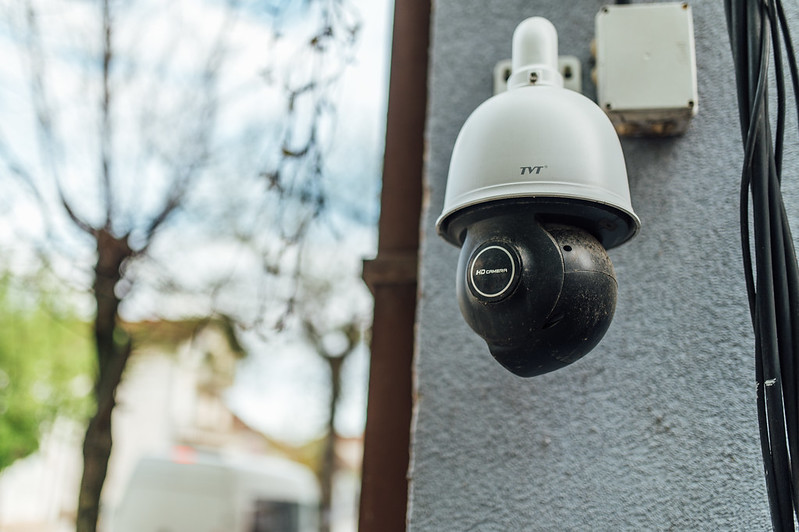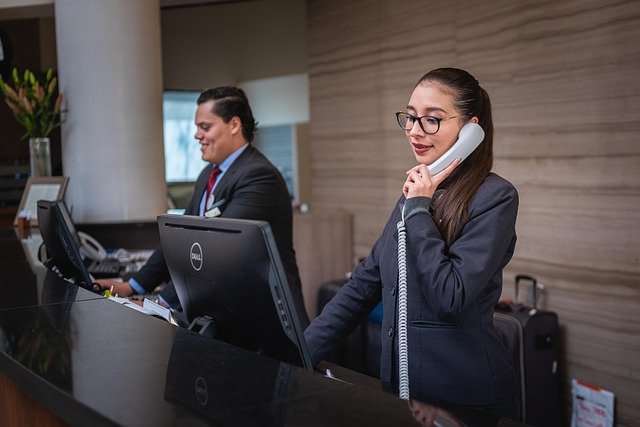Home Security in Japan – Systems and Organized Practices
Home security in Japan refers to the structured use of devices and practices that help households manage entry access and monitor surroundings. Common systems include door locks, alarm setups, video monitoring, and mobile app integration. These measures are developed in accordance with Japanese safety standards and technology regulations, ensuring clarity, organization, and compliance in residential environments.
What Are the Key Components of Home Security Systems in Japan?
Japanese home security systems typically feature interconnected devices that work as unified networks rather than standalone units. The foundation includes motion sensors strategically placed at entry points, window sensors that detect unauthorized opening, and control panels that serve as central command stations. Many systems incorporate smart locks that can be controlled remotely and provide detailed access logs.
Door reinforcement remains crucial, with Japanese homes often featuring multiple locking mechanisms including traditional deadbolts and electronic locks. Glass break detectors are particularly popular given the prevalence of large windows in Japanese architecture. Environmental sensors for smoke, carbon monoxide, and gas leaks are also standard components, reflecting Japan’s focus on comprehensive safety rather than just intrusion prevention.
How Do Video Monitoring and Mobile App Integration Work Together?
Modern Japanese security systems seamlessly integrate video surveillance with smartphone applications, allowing homeowners to monitor their properties in real-time from anywhere. High-definition cameras with night vision capabilities are typically installed at entrances, common areas, and perimeters, with footage stored both locally and in cloud-based systems.
Mobile applications provide instant notifications when sensors are triggered, allowing users to immediately view live video feeds and assess situations remotely. Many systems offer two-way audio communication, enabling homeowners to speak with visitors or potential intruders through their smartphones. Integration with popular Japanese messaging platforms ensures that alerts reach users through their preferred communication channels.
What Is the Structured Use of Alarms and Door Locks?
Japanese security systems employ tiered alarm protocols that escalate based on threat levels and time delays. Initial alerts may be silent notifications to homeowners’ devices, allowing verification before triggering audible alarms. This structured approach reduces false alarms while ensuring genuine threats receive immediate attention.
Smart door locks often feature multiple authentication methods including key cards, numeric codes, fingerprint recognition, and smartphone-based unlocking. Many systems maintain detailed logs of all access attempts, providing homeowners with comprehensive records of who enters and exits their properties. Integration with home automation systems allows locks to coordinate with lighting and climate control for enhanced security and convenience.
How Do Systems Ensure Compliance with Japanese Safety and Technology Standards?
All home security equipment sold in Japan must meet rigorous standards set by organizations like the Japan Security Trading Association and comply with telecommunications regulations. Systems undergo extensive testing for electromagnetic compatibility, ensuring they don’t interfere with other electronic devices common in Japanese homes.
Manufacturers must demonstrate that their products can withstand Japan’s unique environmental challenges, including earthquakes, humidity, and temperature variations. Many systems include specialized features for seismic activity, automatically unlocking doors during major earthquakes to facilitate emergency evacuation while maintaining security protocols under normal conditions.
What Are the Organized Practices for Household Security Management?
Japanese households typically follow systematic approaches to security management, including regular testing schedules for all system components and detailed emergency response plans. Many families conduct monthly drills to ensure all members understand how to operate security systems and respond to various alert types.
Documentation practices are thorough, with households maintaining logs of system maintenance, battery replacements, and any security incidents. Integration with local emergency services follows standardized protocols, ensuring rapid response when professional assistance is needed. Many communities organize neighborhood security networks that coordinate with individual home systems for enhanced collective protection.
Pricing Overview for Home Security Systems
| System Type | Provider Examples | Monthly Cost Estimation |
|---|---|---|
| Basic Package | Secom, Alsok | ¥3,000-5,000 |
| Standard Package | ADT Japan, CSP | ¥5,000-8,000 |
| Premium Package | Securitas Japan | ¥8,000-12,000 |
Prices, rates, or cost estimates mentioned in this article are based on the latest available information but may change over time. Independent research is advised before making financial decisions.
The integration of traditional Japanese attention to detail with modern security technology creates comprehensive protection systems that address diverse household needs. These organized approaches to home security reflect broader cultural values emphasizing preparation, systematic thinking, and community cooperation. Regular maintenance and proper system management ensure that security investments provide reliable protection while adapting to changing household requirements and technological advances.
Understanding these systematic approaches helps homeowners make informed decisions about security investments and implementation strategies. The combination of technological sophistication and organized management practices positions Japanese home security systems among the most comprehensive and reliable available, providing residents with effective protection that aligns with local safety standards and cultural expectations.





